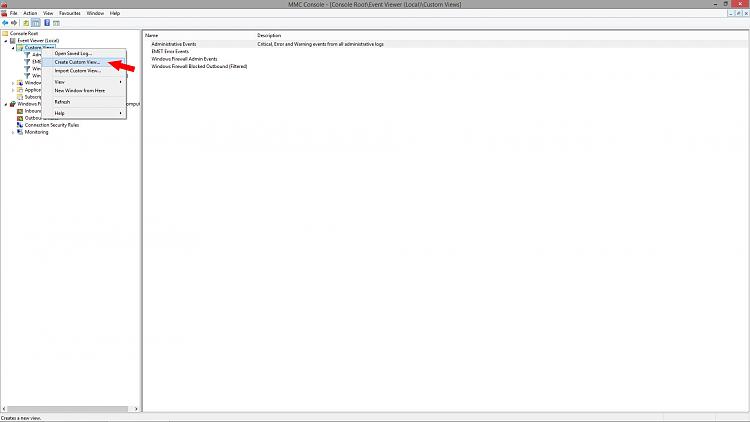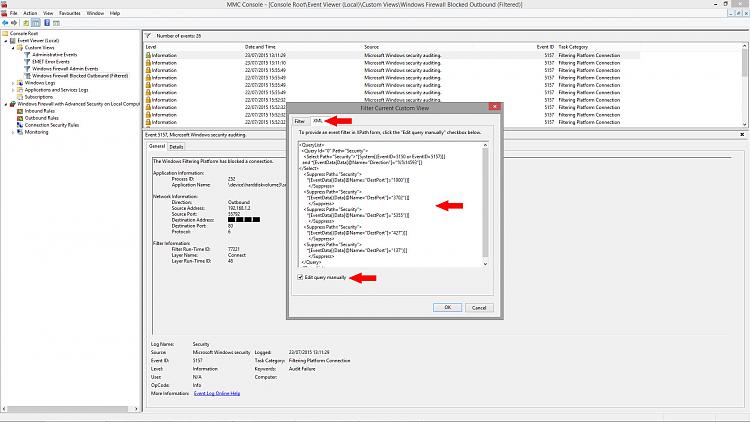New
#1
Windows Update and firewall
I run a very hardened system, I lock down all incoming connections and remove all outgoing but core networking on a new install. How can I get windows update to connect to the internet again? I've unblocked svchost.exe for the Windows Update service and still nothing. Any help?


 Quote
Quote


